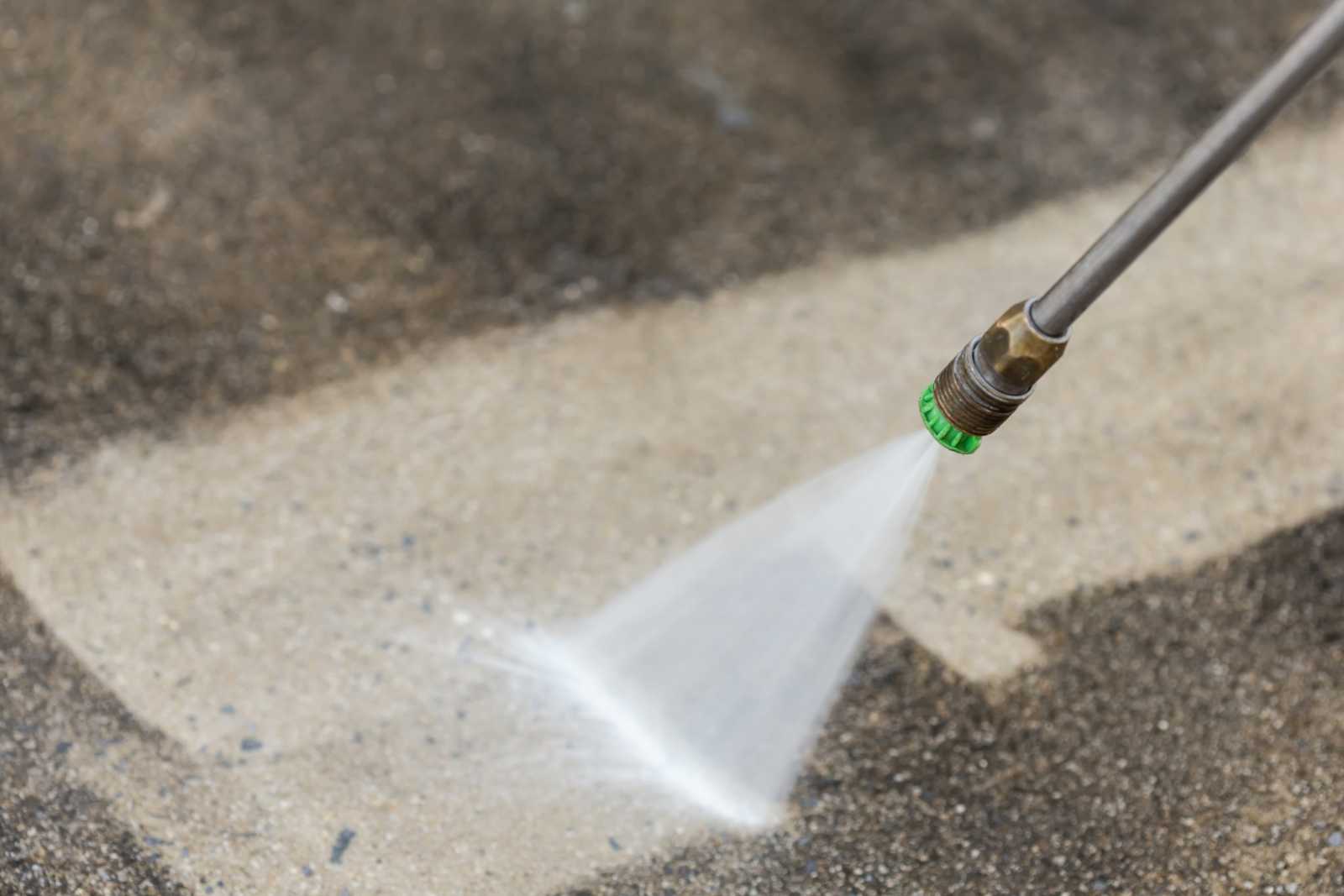

Articles
How To Clean A Cement Floor
Modified: February 25, 2024
Looking for articles on how to clean a cement floor? Discover effective tips and techniques to keep your cement floor spotless in this informative guide.
(Many of the links in this article redirect to a specific reviewed product. Your purchase of these products through affiliate links helps to generate commission for Storables.com, at no extra cost. Learn more)
Introduction
Cement floors are a popular choice for many homeowners and businesses due to their durability and low maintenance. However, over time, these floors can accumulate dirt, stains, and grime, making them look dull and unappealing. Cleaning a cement floor may seem like a daunting task, but with the right materials and techniques, you can restore its shine and keep it looking pristine.
In this article, we will guide you through the process of cleaning a cement floor, from gathering the necessary materials to maintaining its cleanliness. Whether you’re cleaning a garage floor, basement, or outdoor patio, these steps will help you achieve a spotless and well-maintained surface.
Materials needed:
- Broom or vacuum
- Mop and bucket
- Stiff-bristle brush or scrub brush
- Clean water
- Cleaning solution (such as a pH-neutral cleaner or a mixture of warm water and mild detergent)
- Mop or sponge
- Protective gloves and goggles (optional)
Now, let’s dive into the step-by-step process of cleaning a cement floor to ensure its longevity and visual appeal.
Key Takeaways:
- Keep your cement floor looking pristine by regularly sweeping, spot cleaning, and using a pH-neutral cleaner to maintain its durability and visual appeal.
- Prepare, clean, and maintain your cement floor with the right materials, techniques, and regular upkeep to achieve a spotless and impressive flooring surface.
Read more: How To Clean Outdoor Cement Floor
Materials needed
Before you begin the cleaning process, it’s essential to gather all the necessary materials. Having these items on hand will make the task easier and more efficient. Here’s a list of the materials you’ll need:
- Broom or vacuum: Start by removing loose dirt, dust, and debris from the surface of the cement floor. Use a broom or a vacuum cleaner with a hard floor attachment to sweep or vacuum the entire area.
- Mop and bucket: To clean the floor thoroughly, you’ll need a mop and a bucket to mix the cleaning solution and rinse the floor. Opt for a mop with a microfiber or cotton head for best results.
- Stiff-bristle brush or scrub brush: For stubborn stains and spots, a stiff-bristle brush or scrub brush will come in handy. Make sure to choose a brush with bristles that won’t damage the cement surface.
- Clean water: You’ll need a source of clean water to rinse the floor after scrubbing. If possible, use warm water for better cleaning results.
- Cleaning solution: Depending on the level of dirt and stains on your cement floor, you can choose either a pH-neutral cleaner specifically formulated for cement surfaces or create a cleaning solution by mixing warm water with a mild detergent. Avoid using harsh chemicals or acidic cleaners, as they can damage the cement.
- Mop or sponge: Use a mop or sponge to apply the cleaning solution and scrub the floor. Make sure they are clean and free from any residues or debris that could further soil your cement floor.
- Protective gloves and goggles (optional): Though not necessary, wearing protective gloves and goggles is recommended to protect your hands and eyes from any cleaning agents or debris.
Having these materials ready will ensure a smooth and efficient cleaning process. Now that you’ve gathered all the necessary items, you’re ready to prepare the floor for cleaning.
Preparing the floor
Before you start cleaning your cement floor, it’s important to prepare the surface properly. This step will help remove any obstacles and ensure a more effective cleaning process. Follow these steps to prepare the floor:
- Clear the area: Remove any furniture, rugs, or objects from the floor surface. This will allow you to clean every corner and ensure that the entire floor is thoroughly treated.
- Check for cracks or damages: Inspect the cement floor for any cracks, holes, or damages. If you notice any significant cracks or areas in need of repair, it’s best to address these issues before proceeding with the cleaning process.
- Protect nearby objects: If you have any nearby objects or walls that you want to protect from cleaning solutions or splashes, cover them with plastic sheets or drop cloths. This will prevent any accidental damage or staining to other surfaces.
- Ventilate the area: Cleaning solutions can emit fumes, so make sure to open windows or doors to ventilate the area. If necessary, use fans to help circulate the air and prevent the buildup of fumes.
By adequately preparing the floor and the surrounding area, you’ll create a safe and suitable environment for the cleaning process. Once you’ve completed these preparations, you’re ready to move on to removing loose dirt and debris from the cement floor.
Removing loose dirt and debris
Before you begin the actual cleaning process, it’s important to remove any loose dirt, dust, and debris from the surface of your cement floor. This step will prevent these particles from scratching or damaging the floor during the cleaning process. Here’s how you can effectively remove loose dirt and debris:
- Sweeping: Start by using a broom with stiff bristles to sweep the floor. Begin from one corner and work your way towards the opposite end, ensuring that you cover the entire surface. Sweeping will help remove larger debris and loose dirt from the floor.
- Vacuuming: If you have a vacuum cleaner with a hard floor attachment, you can use it to effectively remove smaller particles and dust from the floor surface. Make sure to use the appropriate setting to avoid damaging the cement.
- Edges and corners: Pay special attention to the edges and corners of the floor, as dirt and debris tend to accumulate in these areas. Use a broom or a small handheld brush to reach these tight spaces and thoroughly clean them.
- Spot cleaning: If you notice any specific stains or spills on the floor, now is a good time to spot clean them. Use a damp cloth or sponge to gently wipe away the stain, being careful not to spread it further.
By removing loose dirt and debris before applying any cleaning solution, you’ll ensure that the floor is ready for a deep and thorough cleaning. Once you’ve completed this step, you can move on to treating any stubborn stains or spills on your cement floor.
Treating stains and spills
Stains and spills can mar the appearance of your cement floor. Fortunately, there are effective methods to treat and remove these unsightly marks. By addressing stains and spills before proceeding with the overall cleaning process, you can achieve a cleaner and more vibrant cement floor. Here’s how you can treat stains and spills:
- Identify the stain: Start by identifying the type of stain on your cement floor. Different stains may require different cleaning methods. Common types of stains include oil, grease, food, paint, rust, and beverages.
- Pre-treat the stain: If the stain is fresh, blot up as much of it as possible using a clean cloth or paper towels. For older or more stubborn stains, you may need to pre-treat them by applying a stain remover or a DIY solution. Make sure to follow the instructions provided by the product manufacturer.
- Scrub the stain: Using a stiff-bristle brush or scrub brush, gently scrub the stain in a circular motion. Apply moderate pressure to loosen the stain without damaging the surface of the cement. For tougher stains, you may need to repeat this step several times.
- Rinse the area: After scrubbing the stain, rinse the area thoroughly with clean water to remove any residual cleaning agents and loosened debris. Use a mop or sponge to mop up the excess water.
- Repeat if necessary: Depending on the severity of the stain, you may need to repeat the treatment process multiple times. Be patient and persistent to achieve the best results.
Remember to wear protective gloves during this process, especially when using commercial stain removers and strong cleaning solutions. Additionally, it’s important to test any products or homemade solutions on a small, inconspicuous area of the floor to ensure that they do not cause any discoloration or damage.
By treating stains and spills before proceeding with the overall floor cleaning, you can significantly improve the appearance of your cement floor. With the stains addressed, you are now ready to move on to the next step: mixing the cleaning solution.
Use a mixture of warm water and mild detergent to scrub the cement floor with a stiff-bristled brush. Rinse with clean water and allow to air dry. For tough stains, use a mixture of water and white vinegar.
Read more: How To Polish A Cement Floor
Mixing the cleaning solution
Once you’ve addressed any stains and spills on your cement floor, it’s time to prepare the cleaning solution. The cleaning solution you use will depend on the level of dirt and the type of surface you’re cleaning. Here’s how you can mix an effective cleaning solution:
- Purchase a pH-neutral cleaner: pH-neutral cleaners are specially formulated for cleaning cement surfaces and are readily available in most hardware or home improvement stores. Follow the instructions on the product label to mix the cleaner with water as directed. This ensures that you use the proper concentration for effective results.
- Create a mild detergent solution: If you prefer a DIY approach, you can mix warm water with a mild detergent. Use a bucket or a container and mix a small amount of detergent with warm water. Avoid using strong or acidic detergents, as they may damage the cement surface.
- Proportions: The exact proportions of the cleaning solution may vary depending on the product or detergent you use. Follow the instructions on the packaging to determine the appropriate ratio of cleaning solution to water. It’s best to start with a lower concentration and increase it if needed.
- Mixing: Stir the solution gently to ensure that the cleaner or detergent mixes well with the water. Avoid creating too many bubbles or foam, as they may make rinsing more challenging.
Remember to wear protective gloves and goggles, especially when working with commercial cleaners, to avoid any potential skin or eye irritation. It’s also important to test the cleaning solution on a small, inconspicuous area of the floor to ensure that it doesn’t cause any adverse reactions or discoloration.
With the cleaning solution mixed and ready, you’re now prepared to move on to the next step: scrubbing the floor to remove embedded dirt and stains.
Scrubbing the floor
Now that you have the cleaning solution prepared, it’s time to scrub the cement floor to remove embedded dirt, stains, and grime. This step will require some physical effort, but it’s crucial for achieving a thoroughly clean surface. Follow these steps to effectively scrub the floor:
- Dampen the mop or sponge: Dip the mop or sponge into the cleaning solution, ensuring that it’s thoroughly dampened but not dripping. Excess water may make the scrubbing process less effective and increase drying time.
- Start scrubbing: Begin scrubbing the floor in a circular motion, focusing on small sections at a time. Apply moderate pressure to the mop or sponge to dislodge dirt and grime from the surface of the cement. Work your way across the entire floor, ensuring that you don’t miss any areas.
- Pay attention to stains and high-traffic areas: For stubborn stains and high-traffic areas, spend extra time and effort to thoroughly scrub them. Apply more solution if needed and use a scrub brush or stiff-bristle brush for extra agitation.
- Work systematically: Divide the floor into manageable sections and work in a systematic manner to ensure that you cover the entire area. This will prevent you from missing spots or overlapping cleaned areas.
- Rinse the mop or sponge frequently: As you scrub, rinse the mop or sponge frequently in clean water to remove accumulated dirt and prevent re-depositing it on the floor. Refresh the cleaning solution as needed to maintain its effectiveness.
Take breaks as needed, especially if the floor is large or if you’re feeling fatigued. It’s also important to periodically change the water if it becomes dirty to avoid spreading dirt around the floor.
Once you have scrubbed the entire floor, it’s time to rinse away any remaining cleaning solution and dirt. This will be covered in the next step: rinsing and drying the floor.
Rinsing and drying the floor
After scrubbing the cement floor with the cleaning solution, it’s important to rinse away any remaining residue and dirt to reveal the clean and refreshed surface. Follow these steps to effectively rinse and dry the floor:
- Prepare clean water: Fill a bucket or container with clean water. It’s best to use warm water, as it can help break down any remaining cleaning solution.
- Dip the mop or sponge in clean water: Dip the mop or sponge into the clean water, ensuring it’s thoroughly dampened but not dripping.
- Rinse the floor: Starting from one corner, gently mop or sponge the floor, moving in a back and forth motion. Rinse the mop or sponge frequently in the clean water to remove dirt and residue. Change the water as needed to maintain its cleanliness.
- Make a final pass: Once you’ve rinsed the entire floor, make a final pass over the surface with a clean, damp mop or sponge to ensure that all traces of cleaning solution are removed. This step is crucial, as any residue left behind may dull the appearance of the floor.
- Dry the floor: To prevent any moisture-related issues, it’s essential to thoroughly dry the cement floor. Use clean, dry towels or a mop to absorb excess water. Open windows or doors to improve air circulation and aid in the drying process. If necessary, use fans or a dehumidifier to expedite drying.
Ensure that the floor is completely dry before placing any furniture or objects back on it. Moisture trapped beneath these items can lead to mold or mildew growth, as well as damage to the floor.
Now that you’ve successfully rinsed and dried the floor, you’re ready to move on to the final step: maintaining a clean cement floor.
Maintaining a clean cement floor
Keeping your cement floor clean and well-maintained is essential to preserve its appearance and longevity. With regular maintenance, you can prevent the buildup of dirt and stains, ensuring that your floor maintains its pristine condition. Here are some tips to help you maintain a clean cement floor:
- Sweep or vacuum regularly: Regularly sweep or vacuum the floor to remove loose dirt and debris. This simple maintenance routine can prevent dirt from accumulating and minimize the need for deep cleaning.
- Wipe up spills immediately: Promptly wipe up any spills, whether it’s water, food, or other liquids. This prevents them from seeping into the pores of the cement and causing stains or damage.
- Protect the floor: Use floor mats or rugs in high-traffic areas or places prone to spills. These protective coverings can help prevent dirt and stains from coming into direct contact with the floor.
- Avoid harsh chemicals: When cleaning your cement floor, avoid using harsh chemicals or acidic cleaners. These substances can cause discoloration or damage. Stick to pH-neutral cleaners or mild detergents to maintain the integrity of the cement surface.
- Perform regular deep cleaning: Depending on the level of foot traffic and use, deep clean your cement floor on a quarterly or semi-annual basis. This will help remove stubborn dirt and stains that regular sweeping might miss.
- Use appropriate cleaning tools: When cleaning, use soft-bristle brushes or scrub brushes designed for use on cement surfaces. Avoid using abrasive tools that can scratch or damage the floor.
- Inspect and address damages promptly: Regularly inspect the floor for any cracks, chips, or damages. Address these issues promptly by repairing or patching them to prevent further deterioration.
- Apply sealant: Consider applying a sealant on your cement floor to protect it against stains and moisture. Consult with a professional or follow the manufacturer’s instructions for the appropriate sealant and application process.
By following these maintenance tips, you can keep your cement floor looking clean and well-maintained for years to come. Remember, prevention and regular upkeep are key to preserving the beauty and functionality of your floor.
Now you’re equipped with the knowledge to clean and maintain your cement floor effectively. With these steps and practices in place, you can enjoy a spotless and impressive flooring surface.
Conclusion
Cleaning a cement floor may seem like a challenging task, but with the right materials, techniques, and regular maintenance, you can achieve a clean and well-maintained surface. By following the step-by-step guide outlined in this article, you’ll be able to restore the shine and beauty of your cement floor.
Start by gathering the necessary materials, including a broom or vacuum, mop and bucket, stiff-bristle brush, clean water, and a suitable cleaning solution. Preparing the floor by clearing the area, checking for damages, and protecting nearby objects will ensure a smooth cleaning process.
Remove loose dirt and debris from the floor, paying attention to edges and corners. Treat stains and spills using appropriate stain removers or mild detergents, and scrub the floor using circular motions, focusing on stubborn stains and high-traffic areas.
Mix the cleaning solution by following the instructions on the product label or creating a mild detergent solution. Scrub the floor using a damp mop or sponge, rinsing frequently to remove dirt and residue.
Rinse the floor with clean water, making sure to remove all traces of cleaning solution. Thoroughly dry the floor to prevent moisture-related issues. Regularly maintain the cleanliness of your cement floor by sweeping or vacuuming, wiping up spills immediately, using protective coverings, and performing regular deep cleaning.
By implementing these practices and tools, you can maintain a clean and impressive cement floor for years to come. Regular upkeep will not only enhance the visual appeal of your floor but also extend its longevity.
Remember to always use appropriate cleaning tools and avoid harsh chemicals to protect the integrity of the cement surface. Additionally, addressing any damages promptly and applying sealant when necessary will further enhance the durability and resistance of your cement floor.
With a clean and well-maintained cement floor, you can create a welcoming and aesthetically pleasing environment in your home or business. Enjoy the benefits of a sparkling floor and the satisfaction of a job well done!
Frequently Asked Questions about How To Clean A Cement Floor
Was this page helpful?
At Storables.com, we guarantee accurate and reliable information. Our content, validated by Expert Board Contributors, is crafted following stringent Editorial Policies. We're committed to providing you with well-researched, expert-backed insights for all your informational needs.
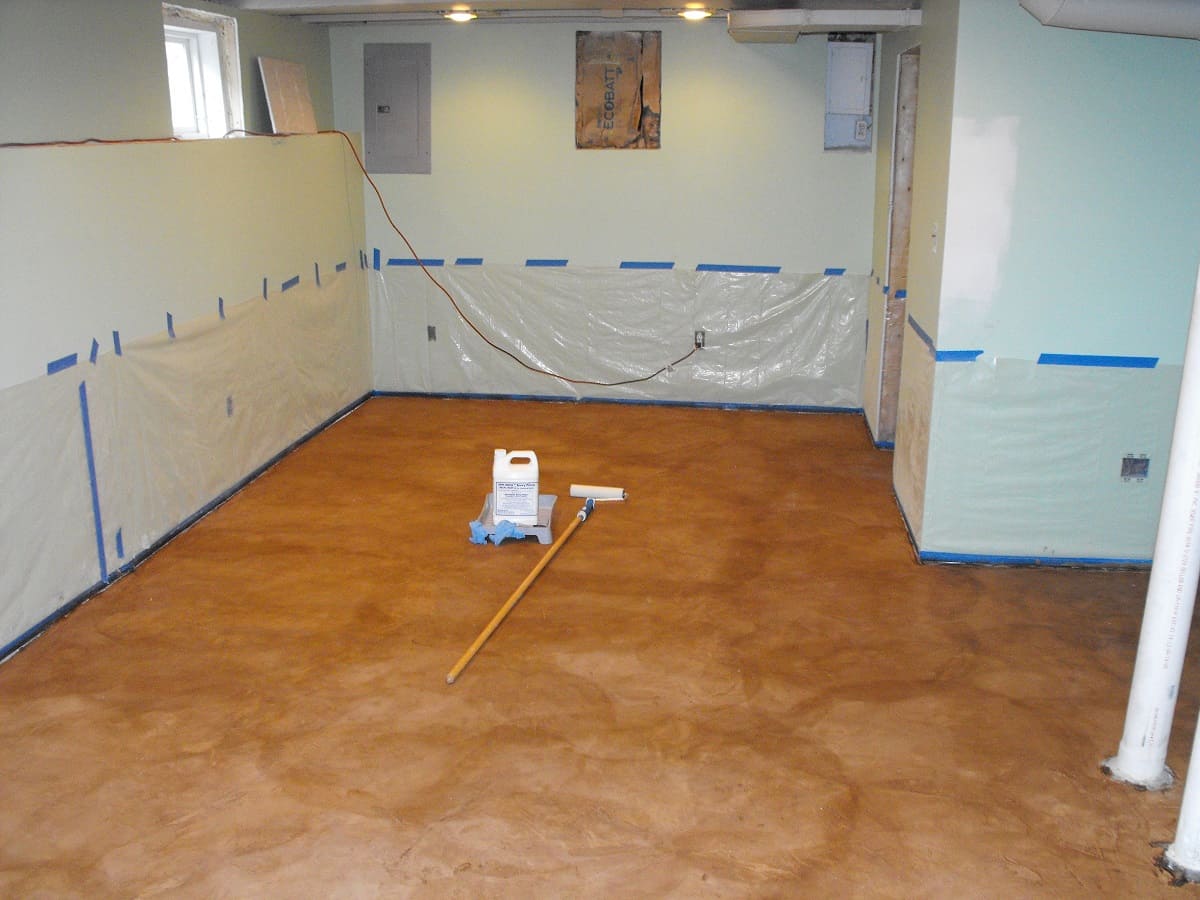
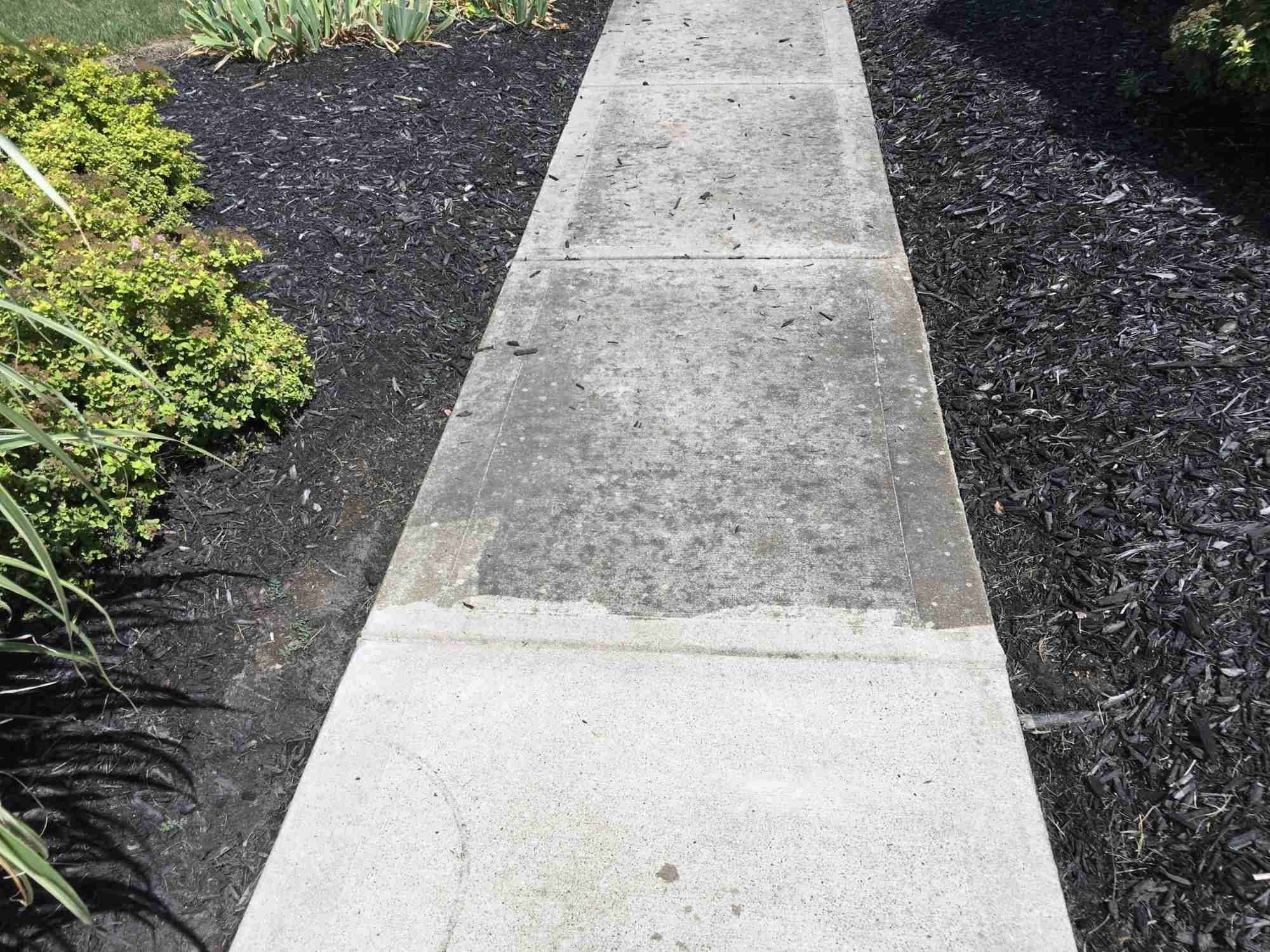
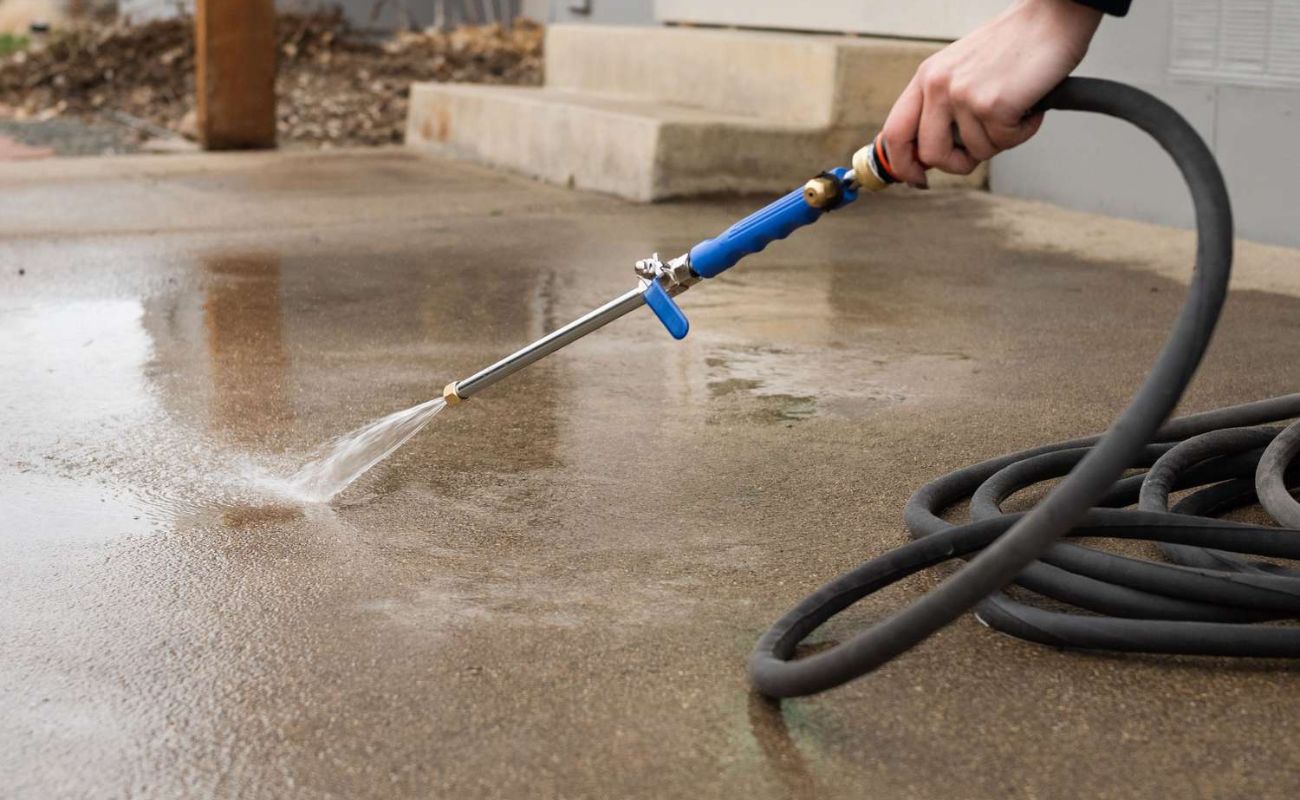
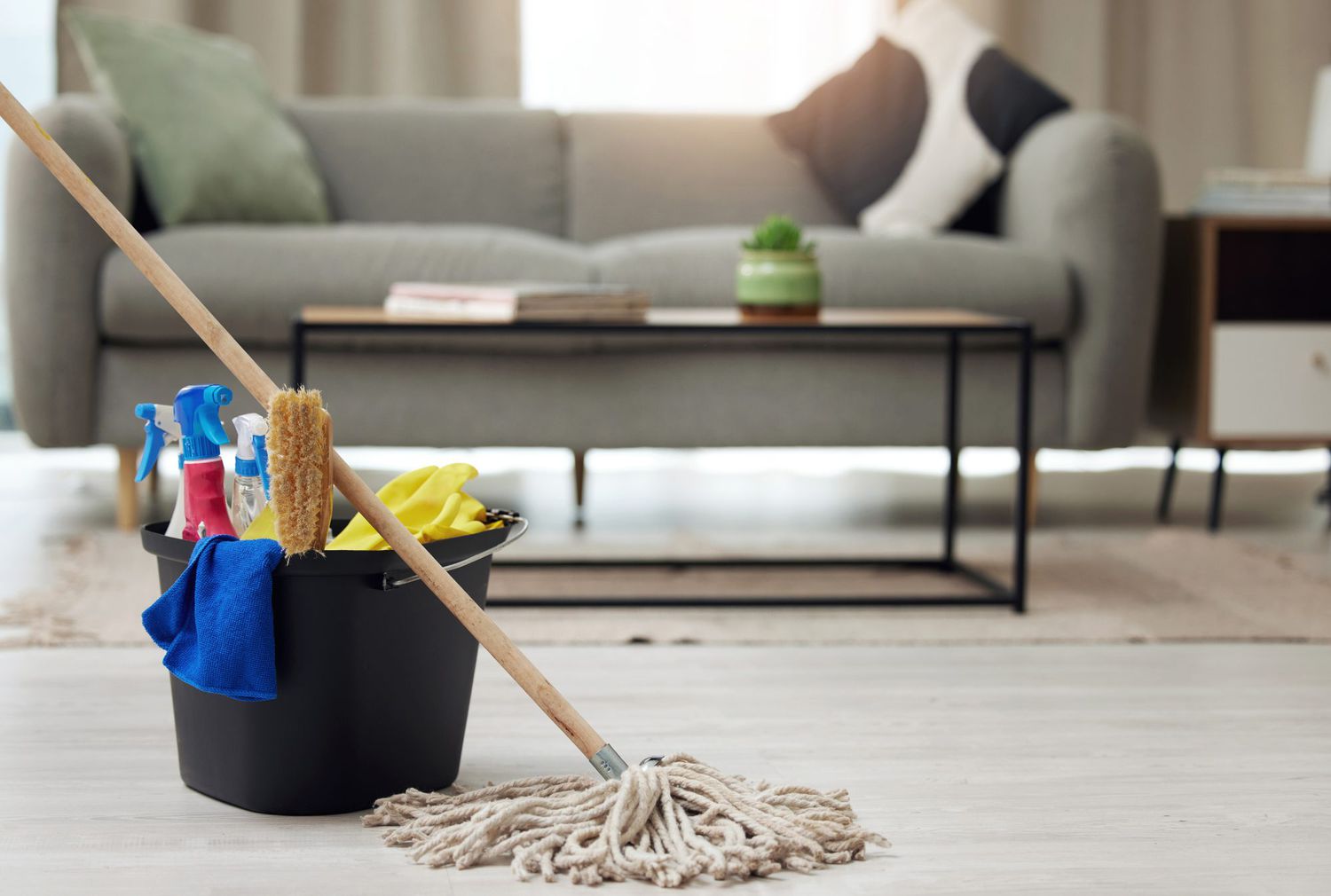
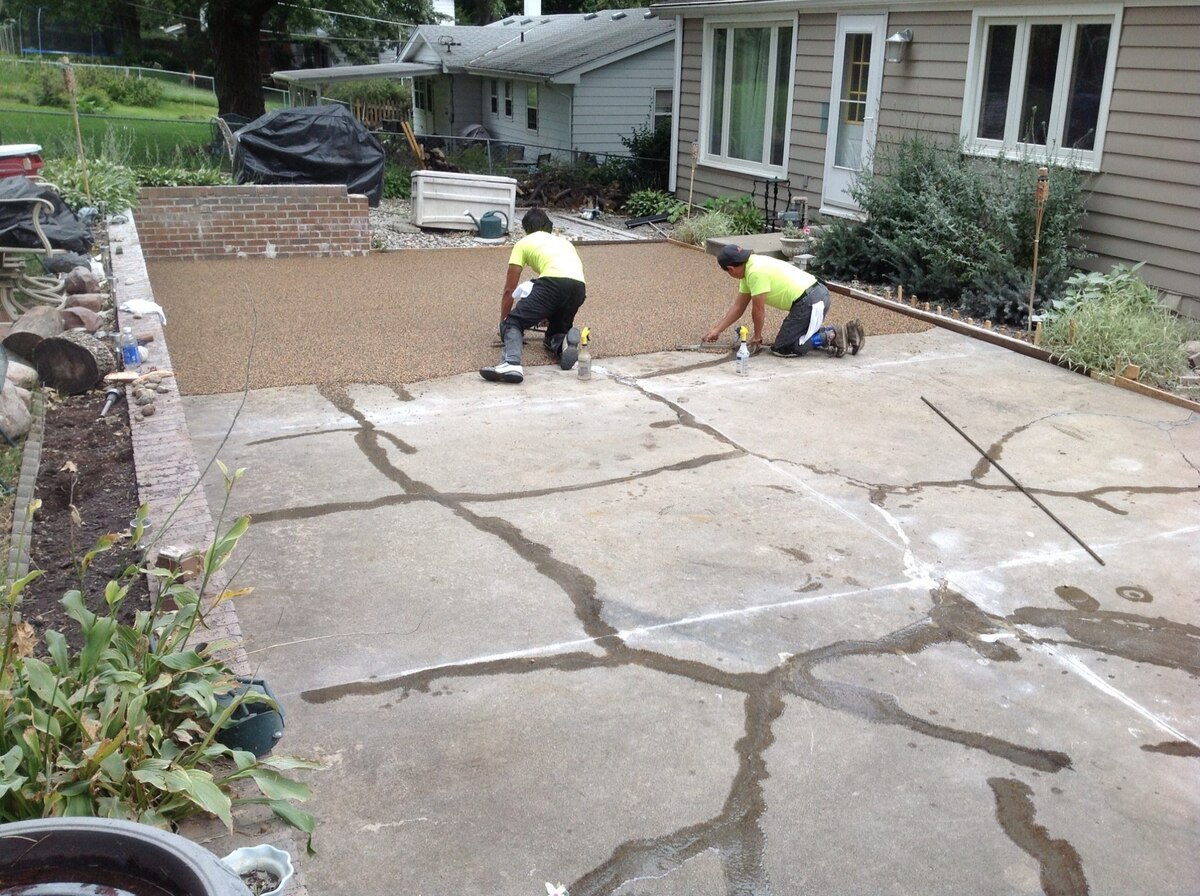
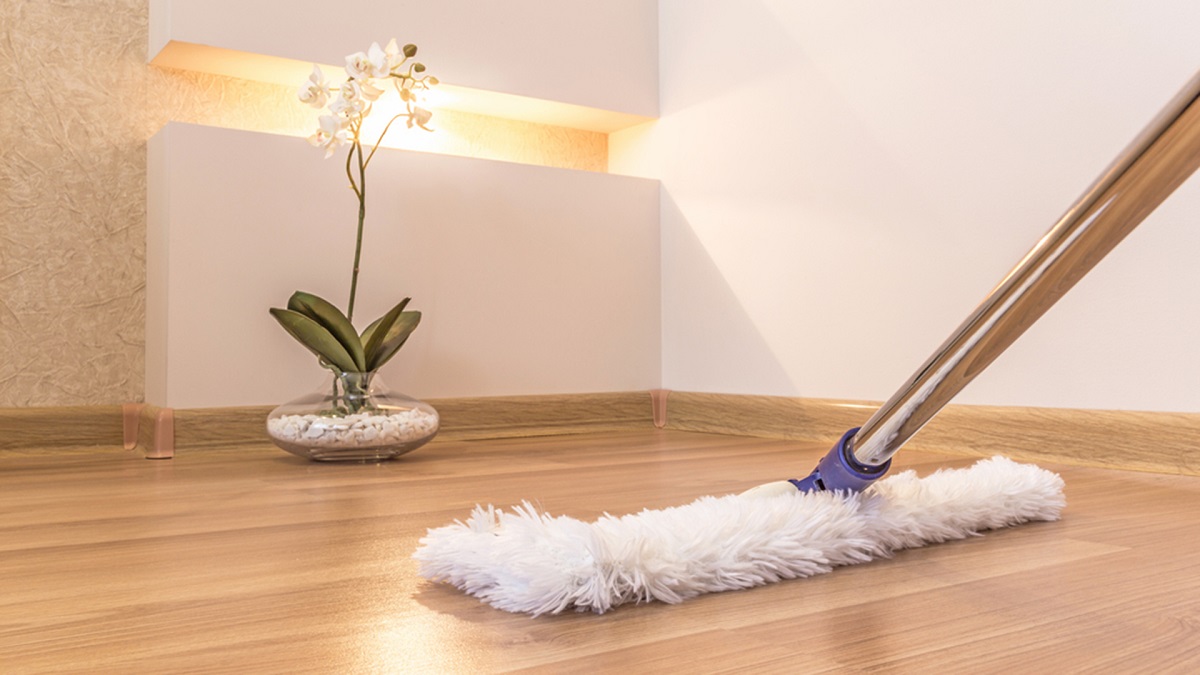
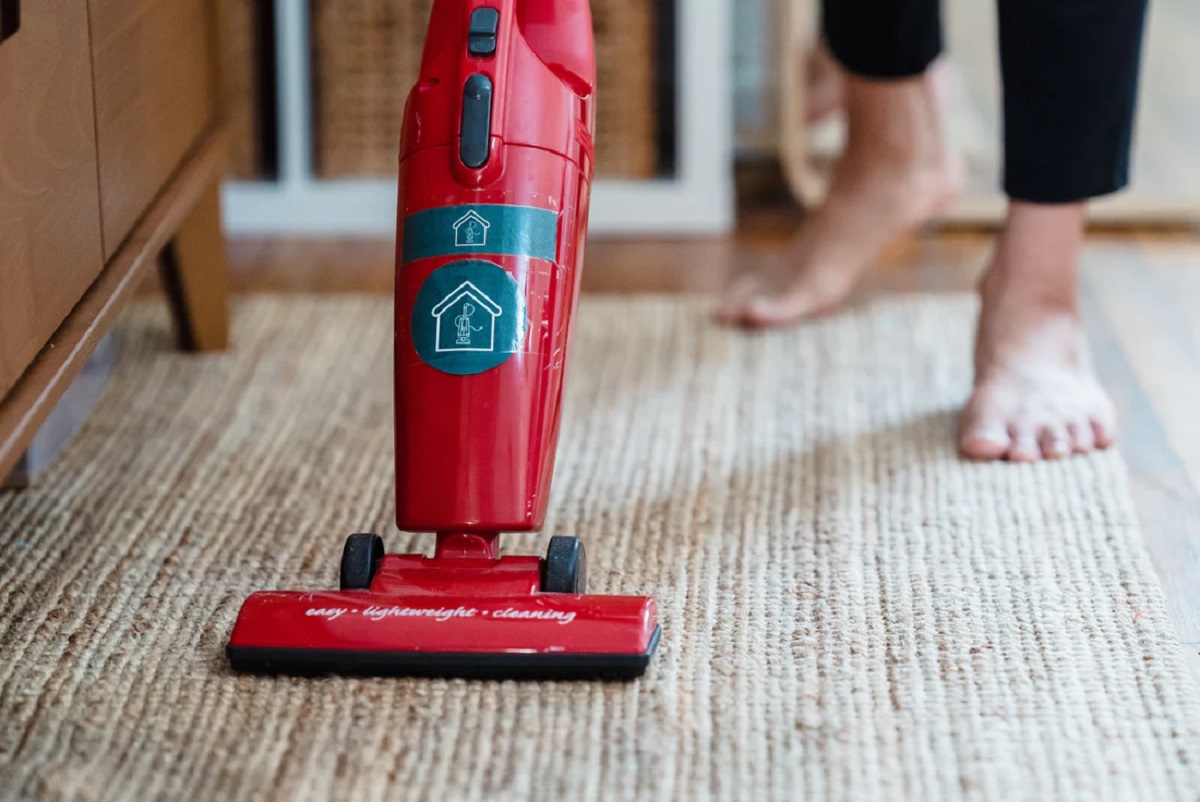
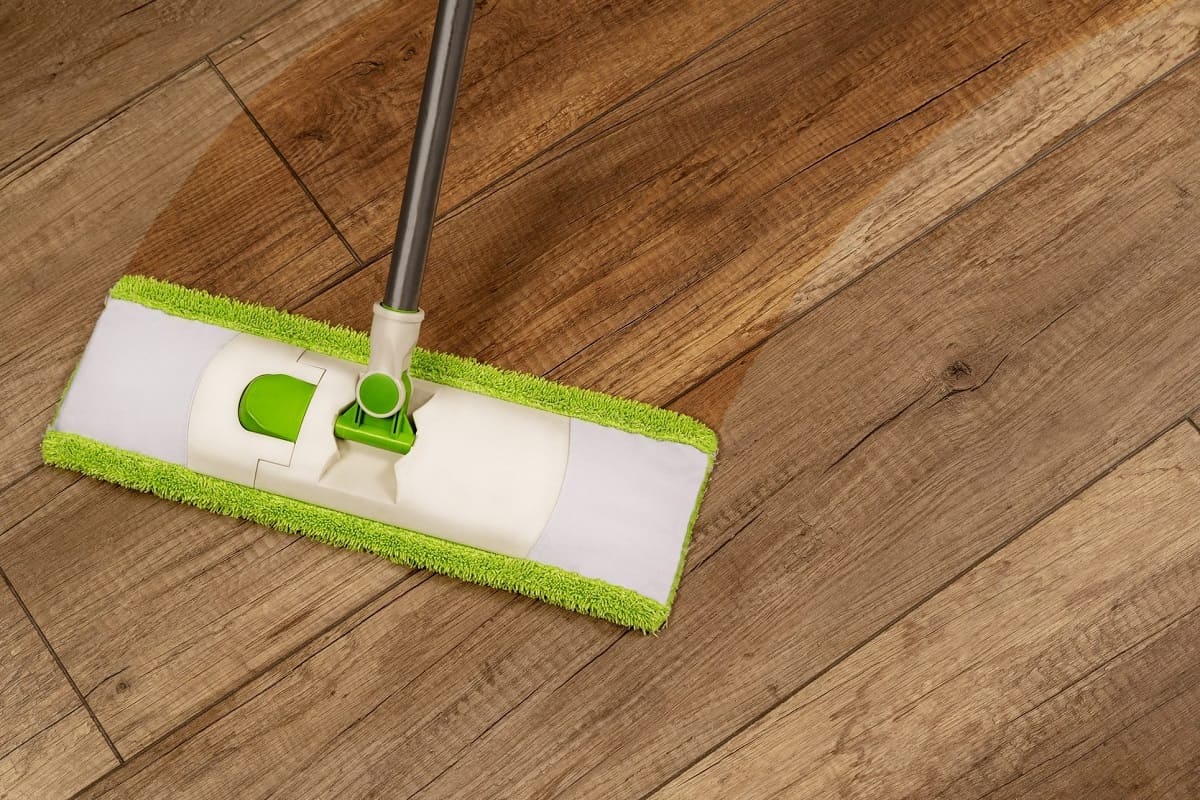
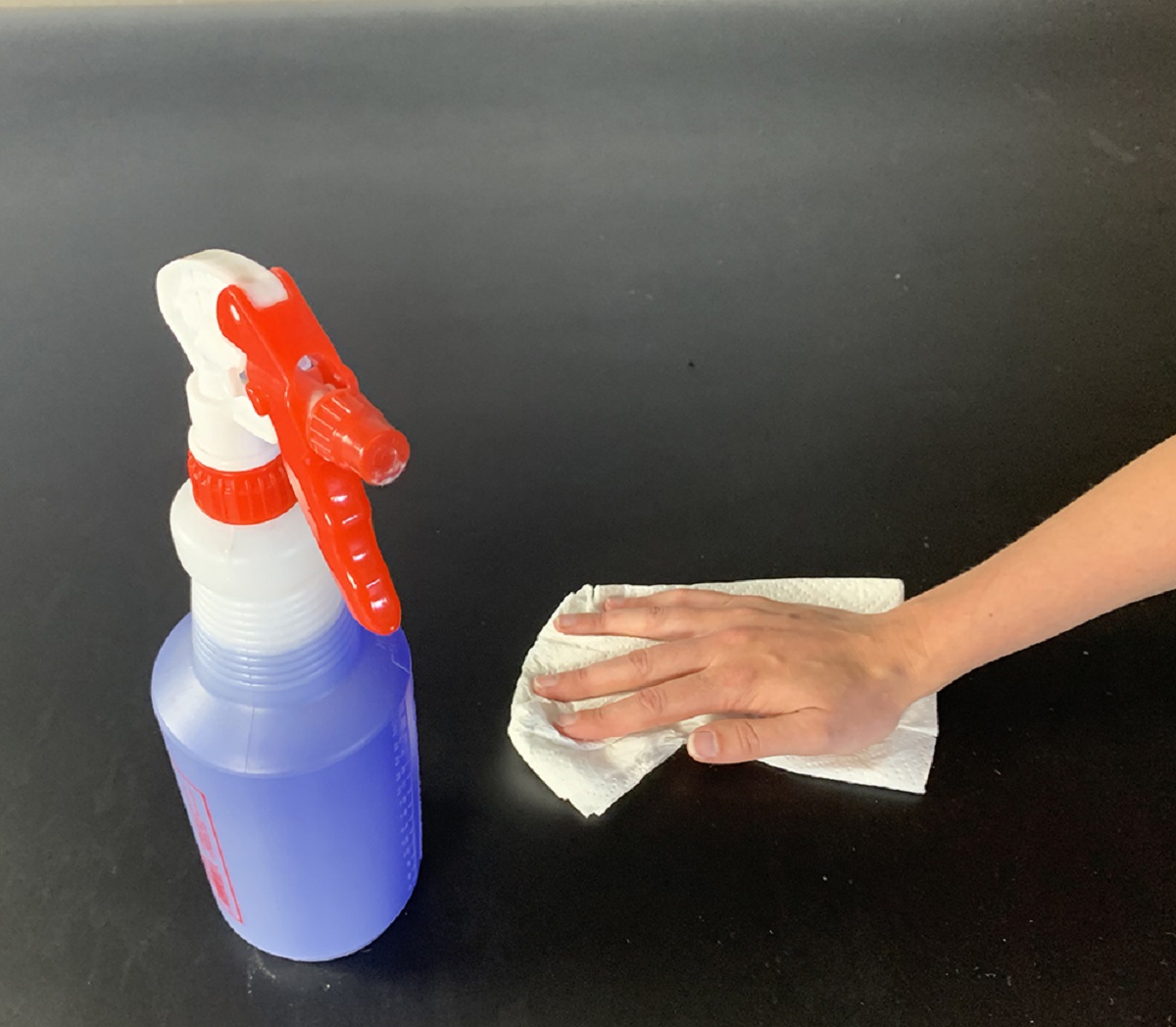
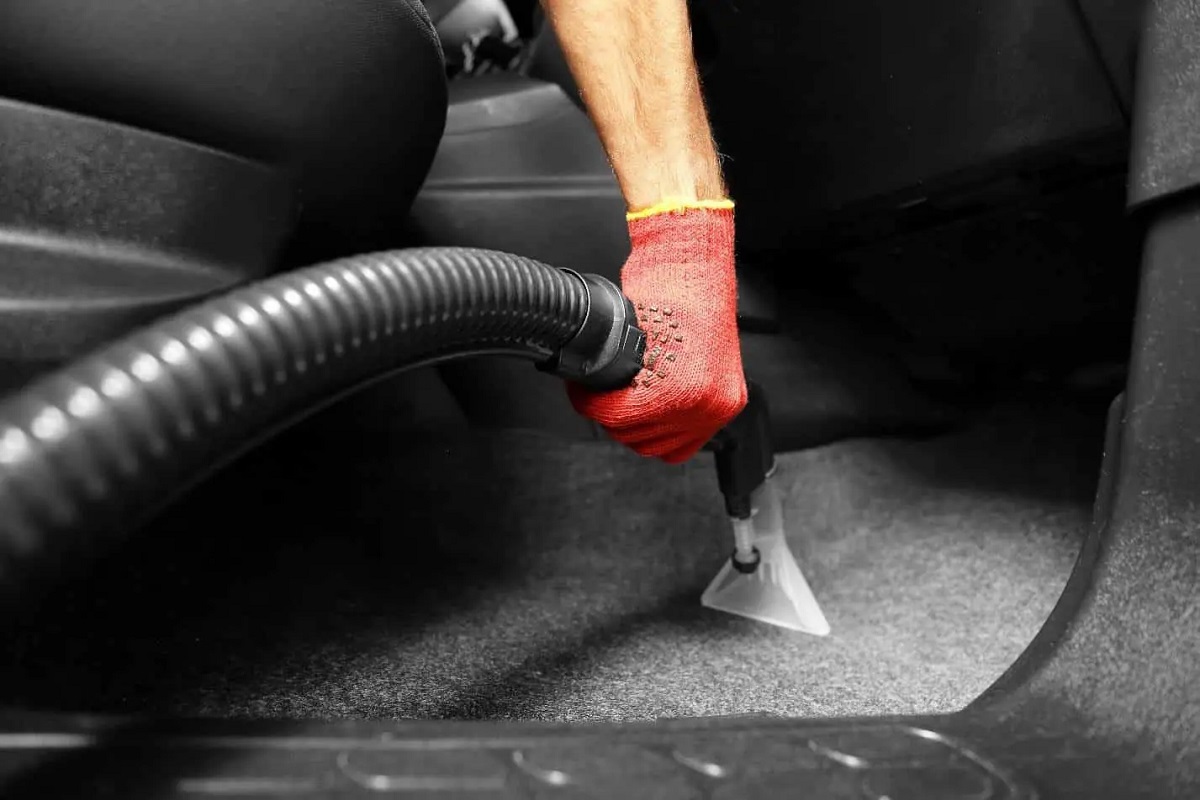
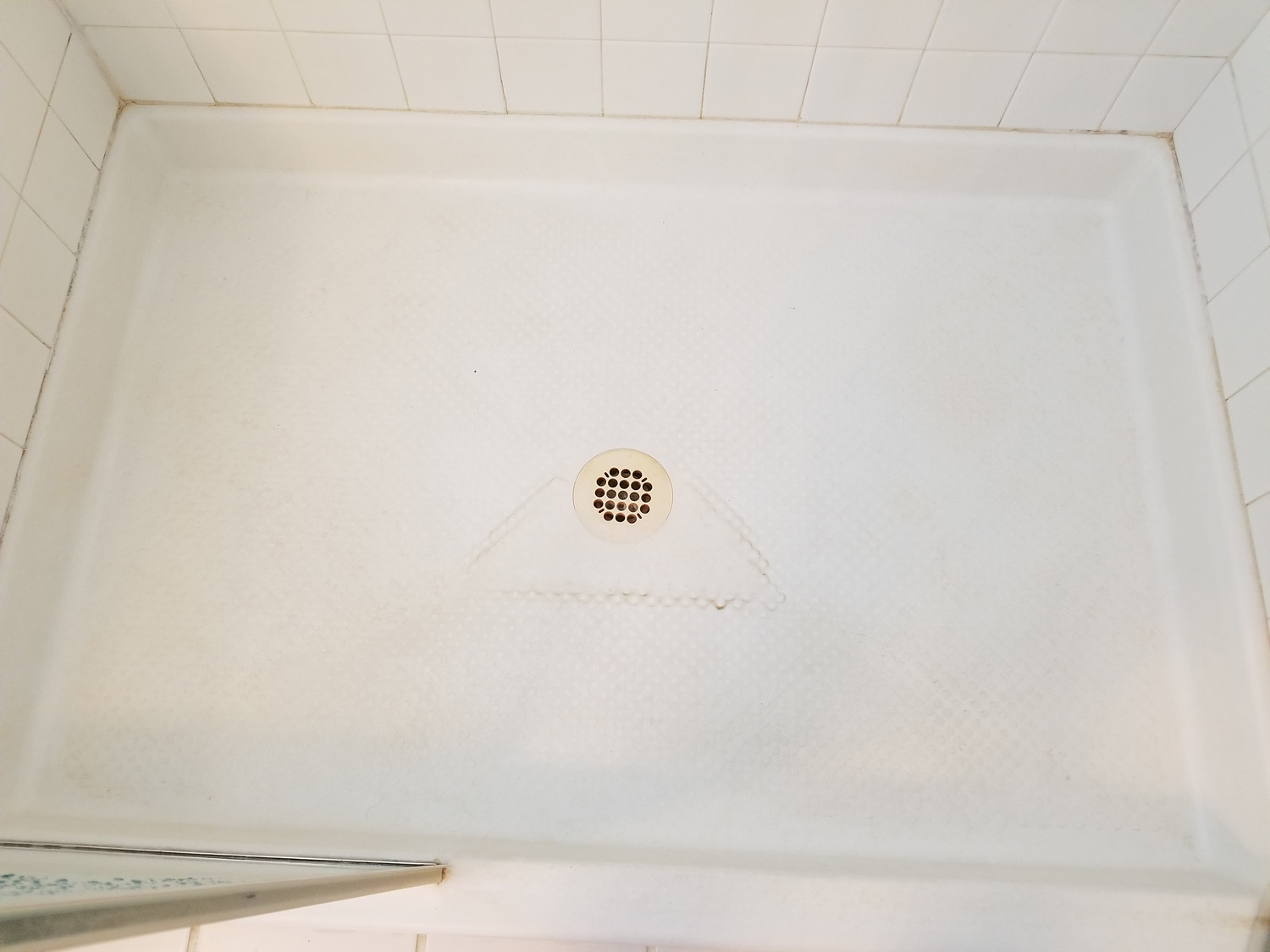
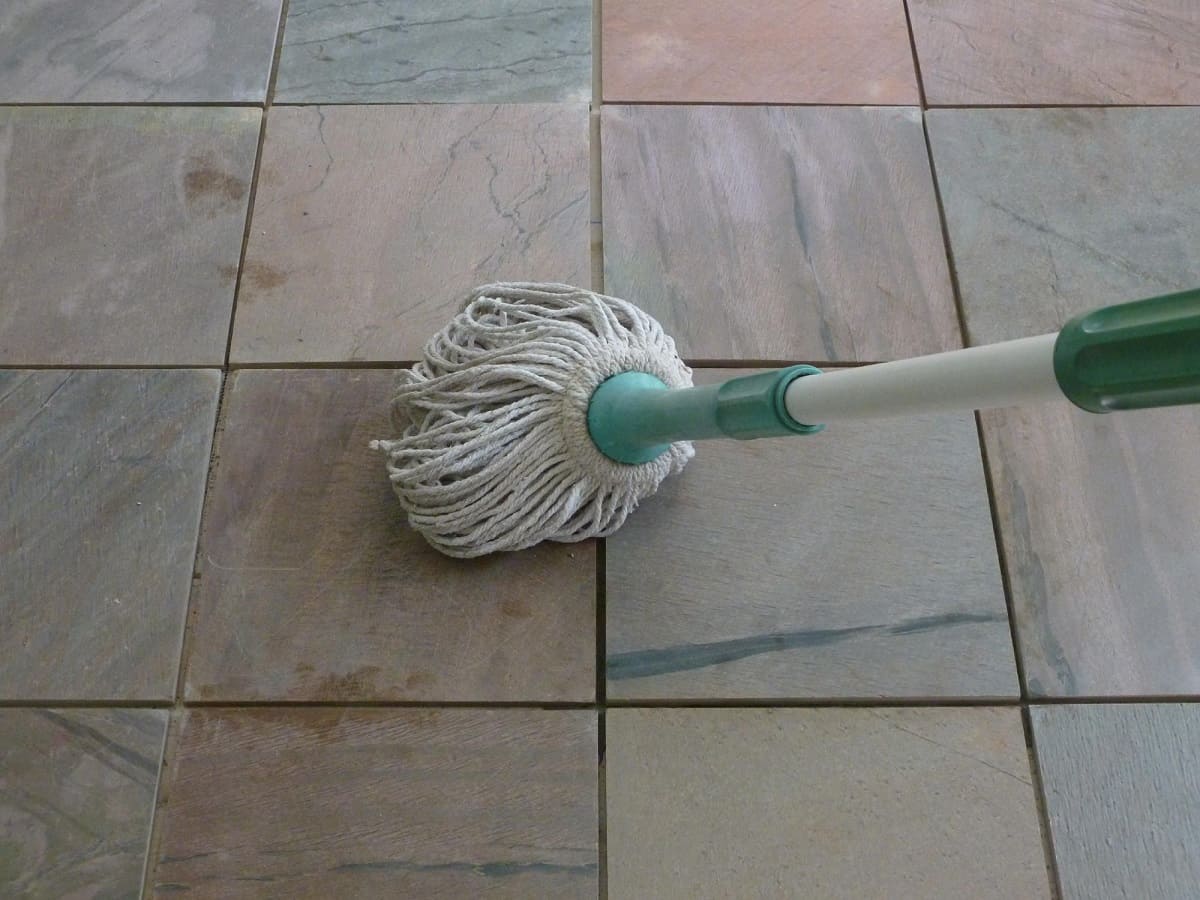
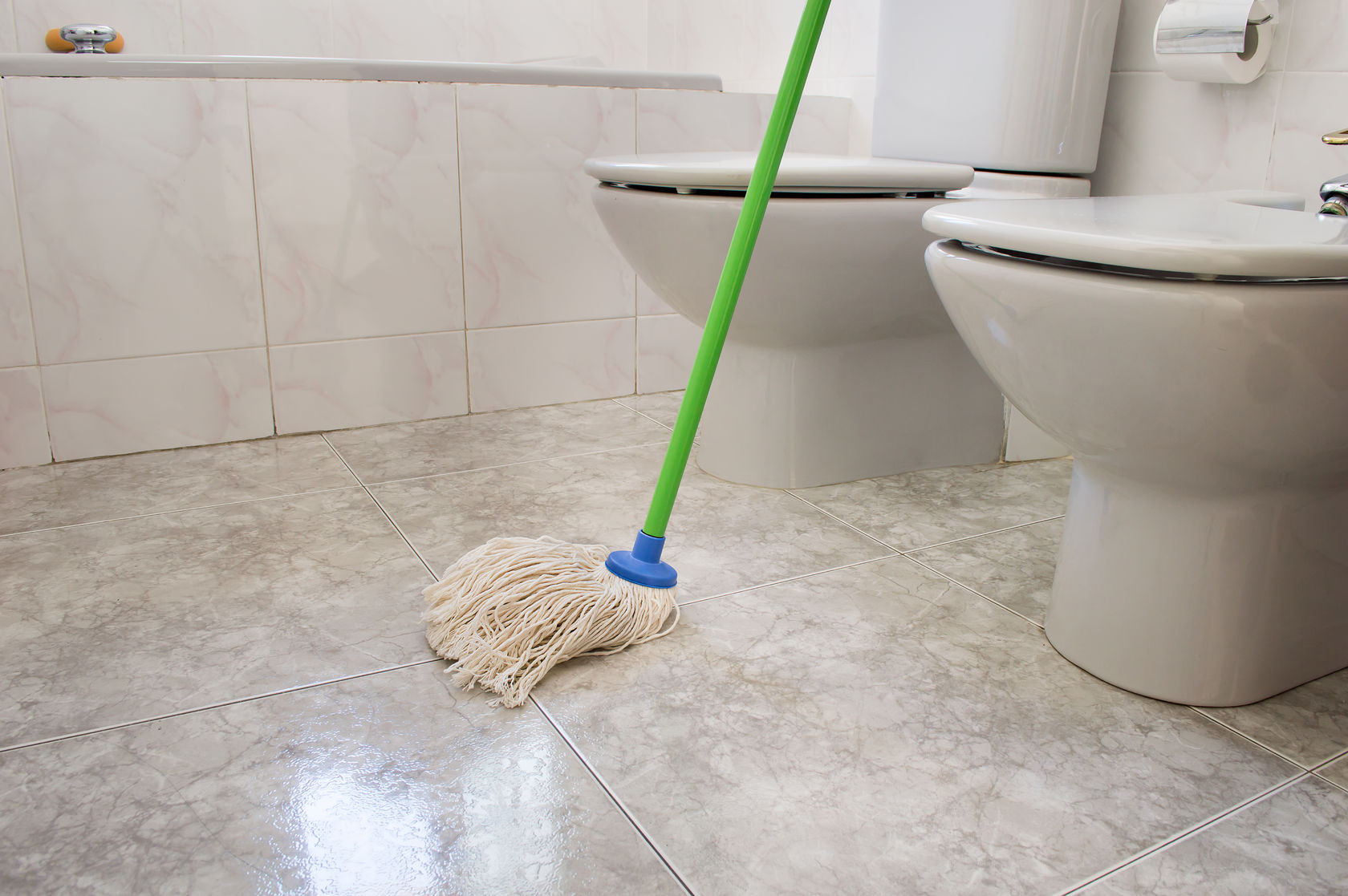

0 thoughts on “How To Clean A Cement Floor”